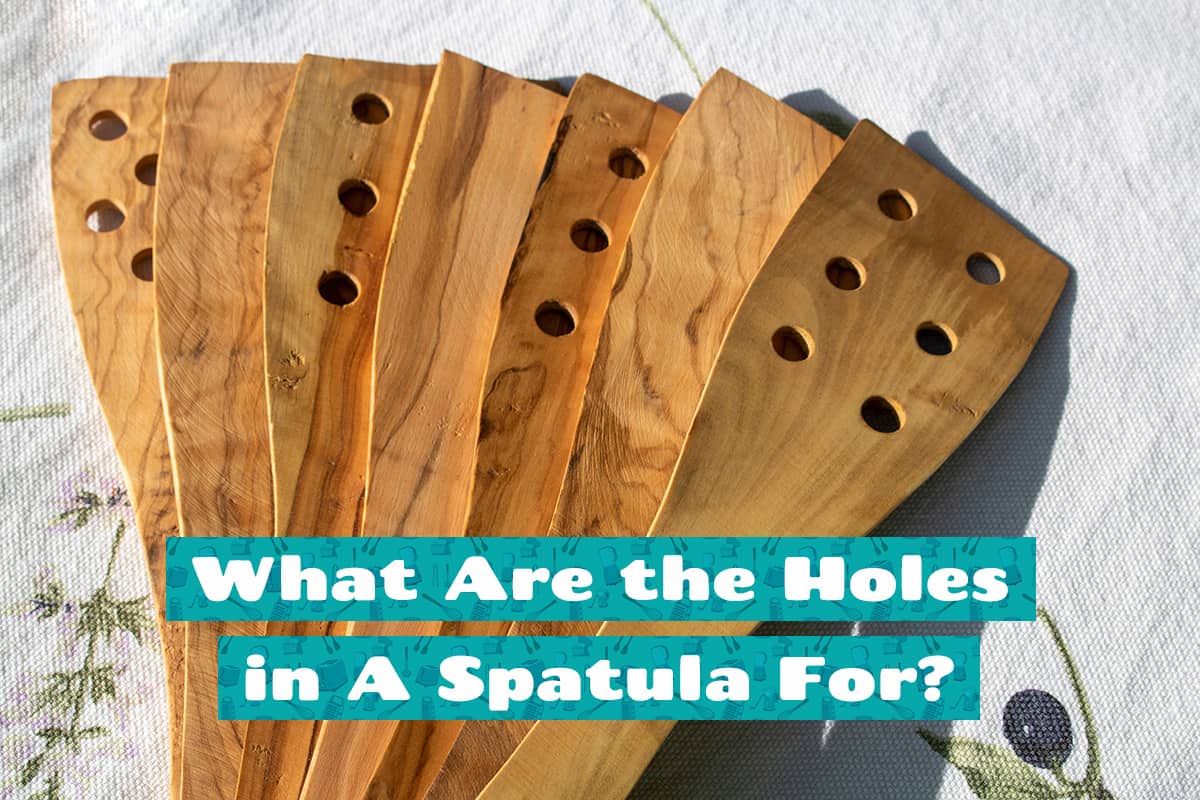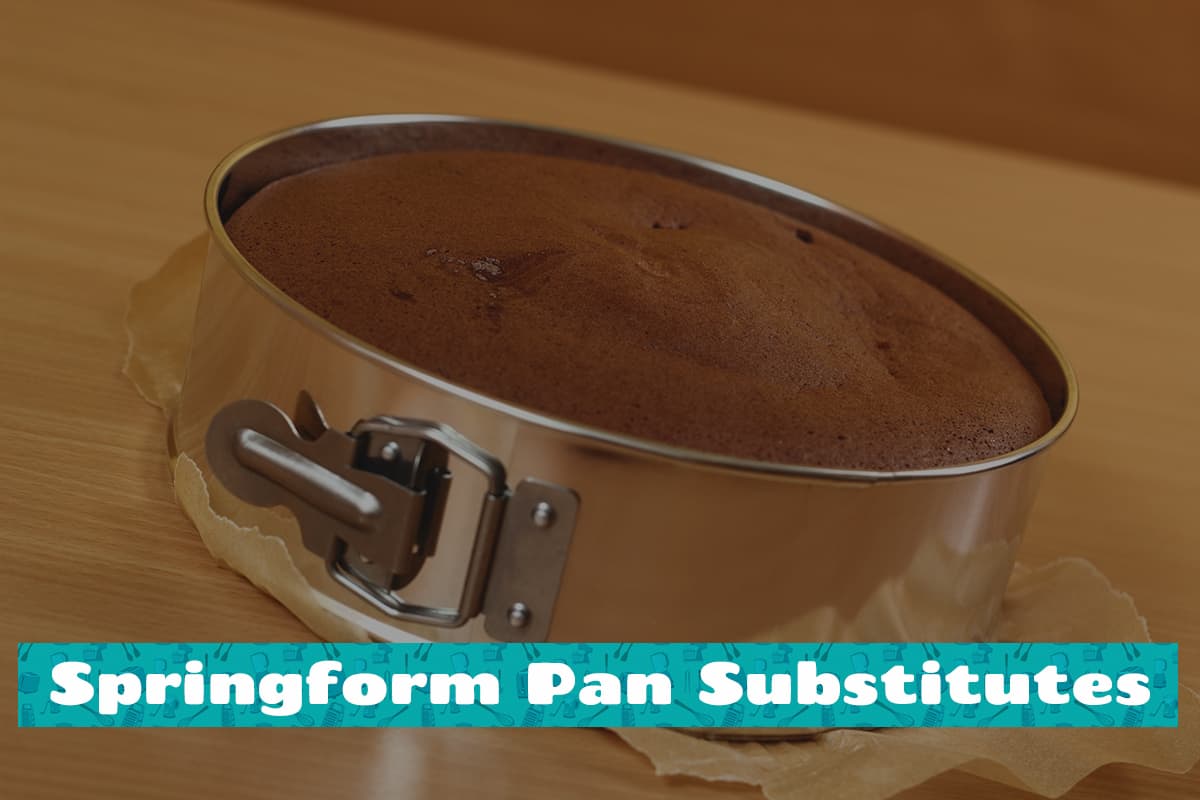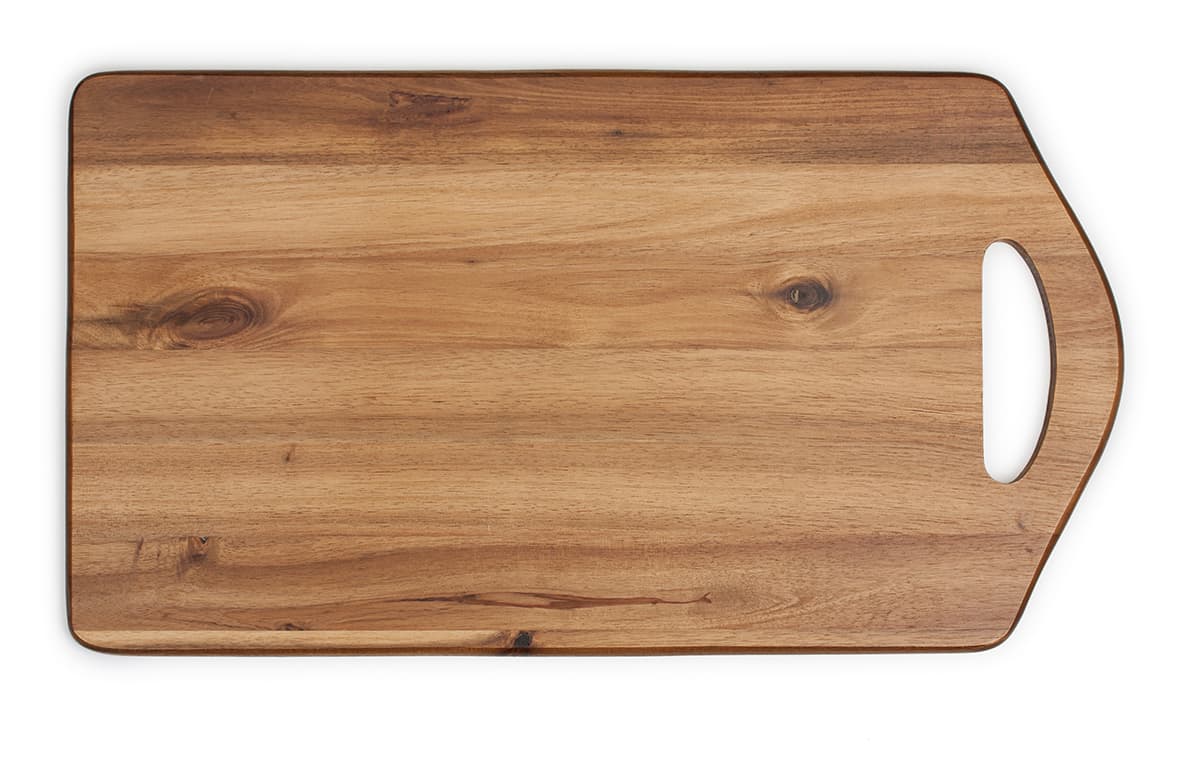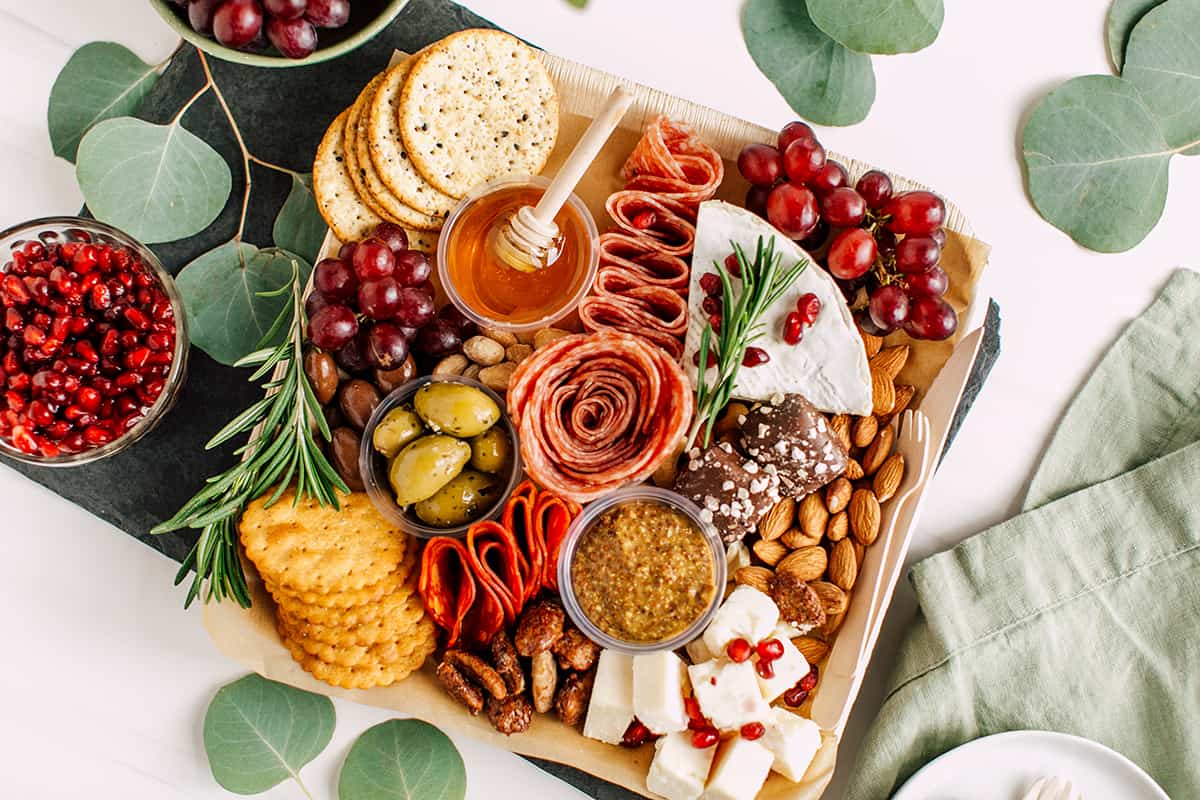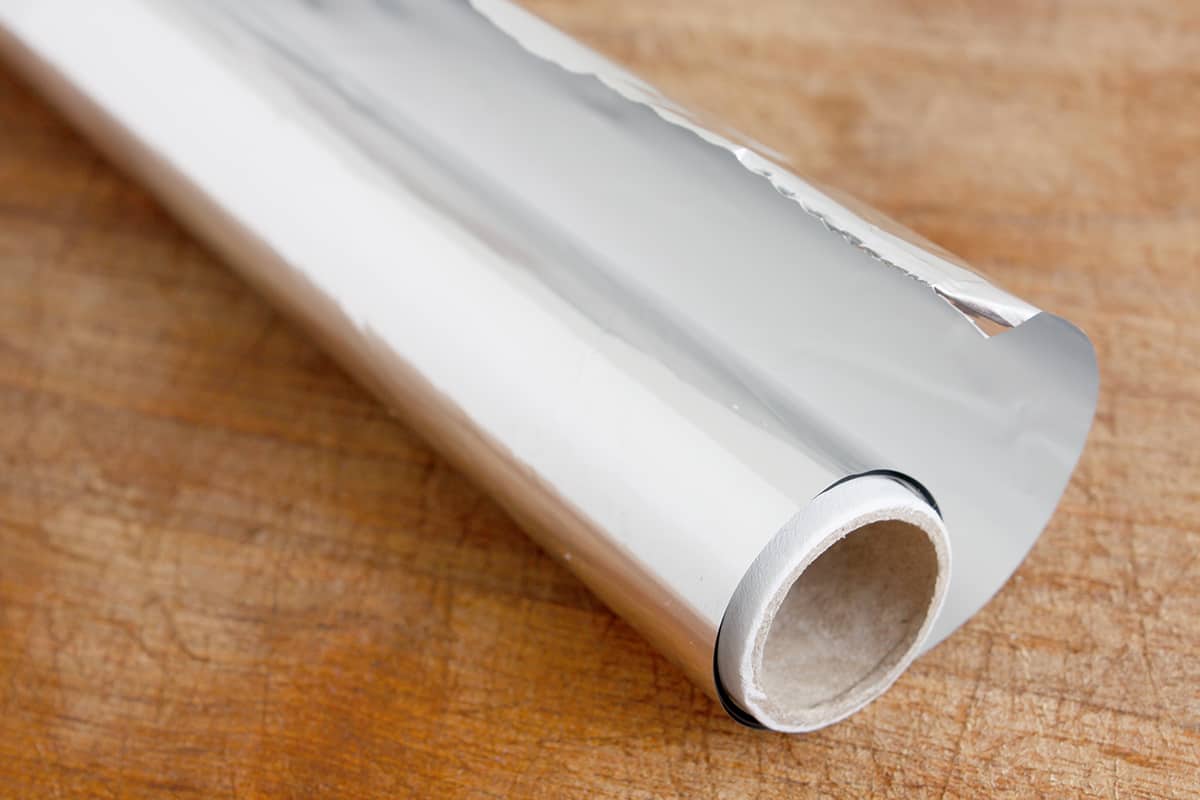A cocktail is simply a drink that is created by mixing different sprites, syrups, flavorings, and creamers together. It can be alcoholic or non-alcoholic, depending on what sort of ingredients you put into the cocktail glass. Speaking of cocktail glasses, there are over a dozen of them, each of which can hold a different volume.
Although each cocktail recipe will be different, the typical drink glass will hold up to 3 fluid ounces of the drink. Larger glasses are designed to hold between 6 and 10 fluid ounces, but the largest glasses will have 12 fluid ounces.
Of course, it ultimately depends on what recipe you follow and what size glass you use to serve the cocktail. For the remainder of this guide, I will focus on describing the various types of cocktail glasses, the importance of their designs, and how much each glass can hold on average.
Cocktail Glass Types and Sizes
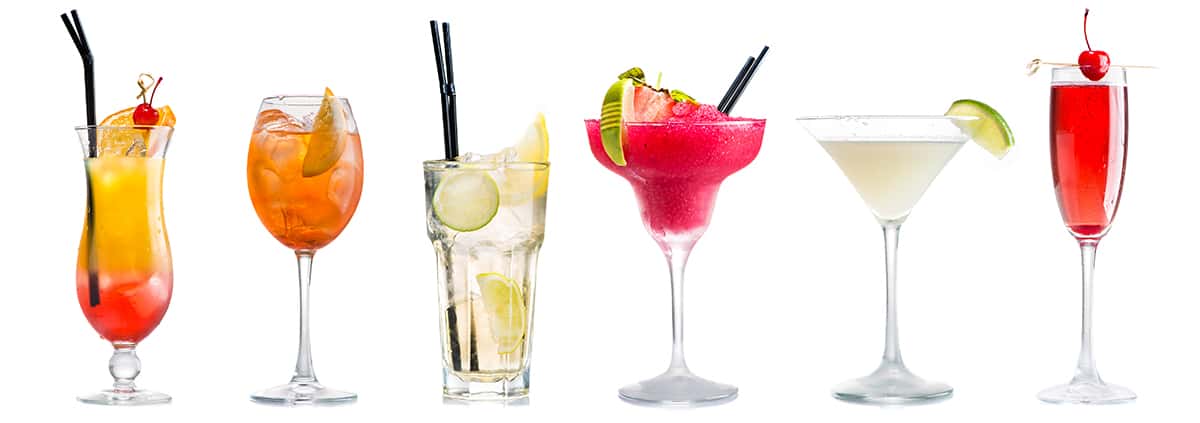
Becoming a cocktail master requires more than simply shaking or stirring ingredients together and hoping for the best. To enhance the aroma, flavor, and overall appeal, you will need to look at the types of glasses you should use to serve your drink.
The moment you step foot into a bar, you might be shocked by the countless types of glasses hanging behind the counter. Those glasses can range from tiny shot glasses all the way up to highball glasses for Long Island iced tea.
The following chart will help you discern one cocktail glass from another. In the subsequent sections, I will cover each type of cocktail glass in more detail.
Cocktail Size Chart
| Cocktail Glasses | Volume (fl. oz.) |
| Cocktail Glass | 3 to 12 |
| Highball Glass | 12.3 to 14.1 |
| Lowball Glass | 8.8 to 10.6 |
| Collins Glass | 10 to 14 |
| Martini Glass | 8 |
| Rocks Glass | 6 to 8 |
| Margarita Glass | 9 |
| Copper Mug | 14 to 20 |
| Punch Cup | 6 |
| Julep Cup | 12 to 16 |
| Grappa Glass | 3 |
| Nick and Nora Glass | 7 |
| Red Wine Glass | 12 to 14 |
| White Wine Glass | 8 |
| Champagne Flute | 6.1 to 10.1 |
| Champagne Tulip Glass | 6.1 to 10.1 |
| Champagne Saucer | 9 |
| Glencairn Whiskey Glass | 6 |
| Shot Glass | 1.5 |
| Snifter | 6 to 8 |
| Cognac Glass | 6 to 8 |
| Cordial Glass | 1.5 |
| Irish Coffee Mug | 10.2 |
| Port and Sherry Glass | 6 |
| Beer Glass | 16 |
| Stein Glass | 32 |
| Hurricane Glass | 20 |
As you can see from the table above, there is a wide range of glasses you can use to mix and pour spirits. However, some of the glasses mentioned in the table are not typically used for cocktails, though you technically could use them to serve mixed drinks if you so choose.
Types of Cocktail Glasses and Their Uses
As promised, I will offer an in-depth explanation for each type of glass to help you understand when they will come in handy and for what drinks.
Cocktail Glass—a stemmed glass with an inverted bowl, typically used to serve straight-up cocktails.
Highball Glass—tall, narrow glasses that have a slightly tapered body, used to serve 7 and 7s, Scotch and sodas, rum and Coke, and Long Island ice teas.
Lowball Glass—a.k.a. old-fashioned glasses, this is a shorter version of the highball glass, which bartenders typically use to serve drinks with herbs and other non-liquid ingredients.
Collins Glass—a taller and narrower version of the highball glass with straight walls, generally used for Tom Collins and John Collins cocktails, as well as Long Island iced teas.
Martini Glass—the sleek, elegant, stemmed glass to prevent heat from transferring from the customer’s hand to the drink bowl, oftentimes served with a skewer of olives and other garnishes.
Rocks Glass—short glass with slightly tapered walls, used to serve sweet drinks in small quantities, as well as distilled spirits.
Margarita Glass—a popular type of stemmed cocktail glass used for parties and celebrations to serve margaritas with salt on the brim.
Copper Mug—a cocktail glass that is more akin to a thermos than other types of cocktail glasses
Punch Cup—a rounded glass with wider walls than the base and brim, used to serve fruity drinks taken from a punch bowl.
Julep Cup—similar to copper mugs in how their metallic bodies insulate cold beverages
Grappa Glass—a wine glass made specifically for serving grappa.
Nick and Nora Glass—a stemmed glass with an inverted bell-shaped bowl used for serving shaken or stirred drinks.
Red Wine Glass—a stemmed glass with a wide bowl to help aerate a drink when gently swirled, used for red wine and Sangria.
White Wine Glass—a narrower version of the red wine glass to prevent oxidation, used to serve white wine and spritzers.
Champagne Flute—a stemmed glass with a narrow brim and walls to preserve carbonation and enhance aesthetics.
Champagne Tulip Glass—a sort of hybrid between white wine glasses and champagne flutes, it has a wider bowl and more prominent curve that helps bubbles rise quickly to the surface.
Champagne Saucer—a.k.a. a coupe glass, this stemmed glass has a wide inverted bell bowl for aeration and a short base for sipping syrups.
Glencairn Whiskey Glass—a relatively new invention whose unique tulip-shaped design preserves aroma.
Shot Glass—short, narrow glasses for serving straight liquid in a quick gulp.
Snifter—a glass used exclusively for bourbon, brandy, and whisky, highlighted by its sleek bell design.
Cognac Glass—a shorter variation of the snifter generally used by hard-liquor aficionados.
Cordial Glass—a taller version of the shot glass with a tall base, narrow brin, and beautiful look.
Irish Coffee Mug—a semi-stemmed glass with a handle that is used exclusively for serving spiked hot beverages.
Port and Sherry Glass—a smaller version of a white wine glass that is used exclusively for serving and drinking fortified wine.
Beer Glass—a tapered glass with a wider brim than base, used for beer.
Stein Glass—a large beer mug with a handle, tall base, and thick walls, used for beer.
Hurricane Glass—a tulip-style glass with a thick stem that’s used for serving tropical cocktails in place of a highball glass.

